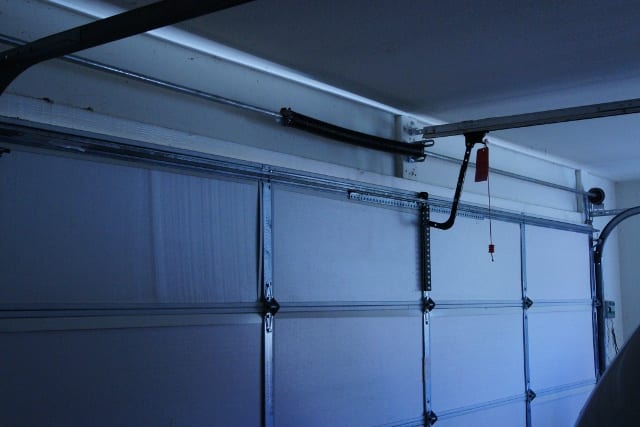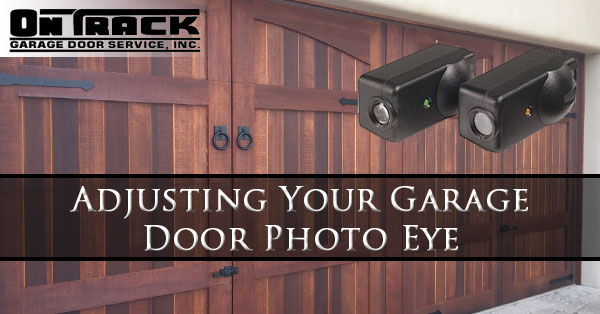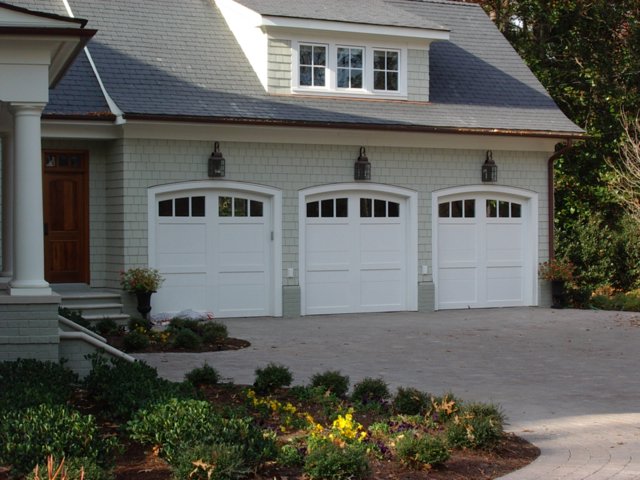Automatic Garage Door Components
Garage doors are an integral part of most homes and the garage door is the biggest point of access that most home have. Automatic garage doors are a convenient evolution that have been widely adopted...
 Garage doors are an integral part of most homes and the garage door is the biggest point of access that most home have. Automatic garage doors are a convenient evolution that have been widely adopted across the country for decades and come standard on most new homes. This entry is going to go over the components of automatic garage door systems in order to arm you with the knowledge needed to truly understand you automatic garage door system. Knowledge is power and this knowledge can give you the power to keep more money in your bank account as you will be able to approach maintenance from a place of understanding instead of wondering.
Garage doors are an integral part of most homes and the garage door is the biggest point of access that most home have. Automatic garage doors are a convenient evolution that have been widely adopted across the country for decades and come standard on most new homes. This entry is going to go over the components of automatic garage door systems in order to arm you with the knowledge needed to truly understand you automatic garage door system. Knowledge is power and this knowledge can give you the power to keep more money in your bank account as you will be able to approach maintenance from a place of understanding instead of wondering.
The tracks are located on both sides of the door and guide the door as it opens and closes. There are vertical and horizontal tracks present that your door travels along when activated. The tracks are attached to the wall and ceiling. The tracks have springs attached to them with the extension springs are located on the outside of the vertical track and the torsion springs are above the garage door. The size of the actual springs will be dictated by the size of the garage door. The torsion spring is pulled to a tight state when the door is closed and that tension is used to help the motor open the door.
Sensors are located near the ground on each side of the garage door opening. They use lasers that are sent between the two sensors and when a clear connection is present where the sensors can ‘see each other’ the door will operate properly. If the sensors cannot see each other the garage door will not close as the sensors are picking up an obstruction that would interfere with the garage door closing correctly. This is both to ensure that your garage door is not damaged by closing on an object as well as a safety measure in case a person or pet is in the path of the closing door.
Need Professional Garage Door Service?
If you're experiencing garage door issues or need professional maintenance, our expert team is here to help.



